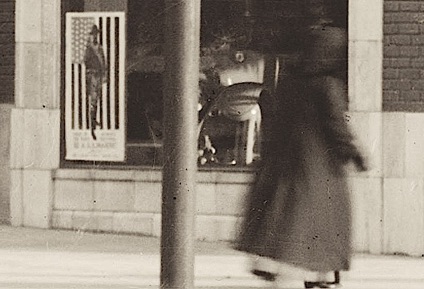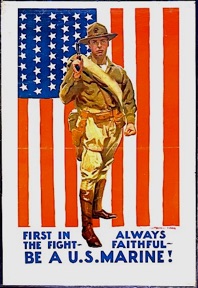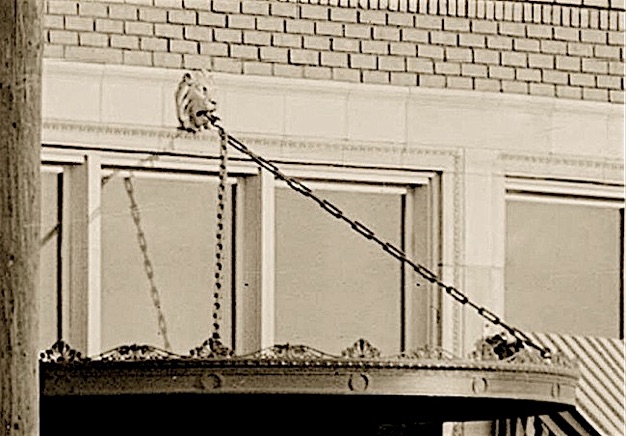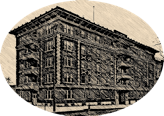
COLORADO HISTORY HAUNTS


The Paramount Apartment Building Story
14th Avenue between Broadway and Lincoln Street - Denver
WHAT Was REALLY There ? 1908-1928
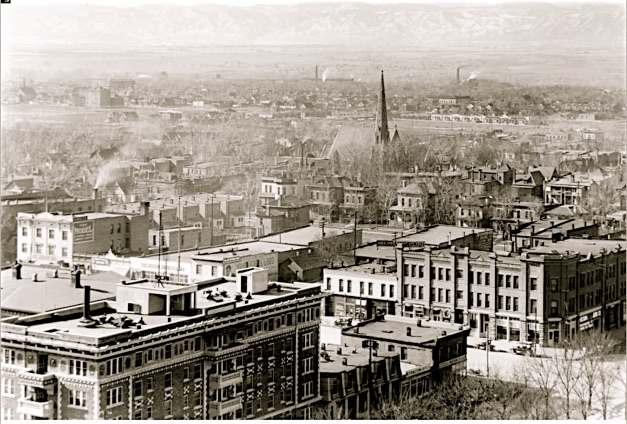
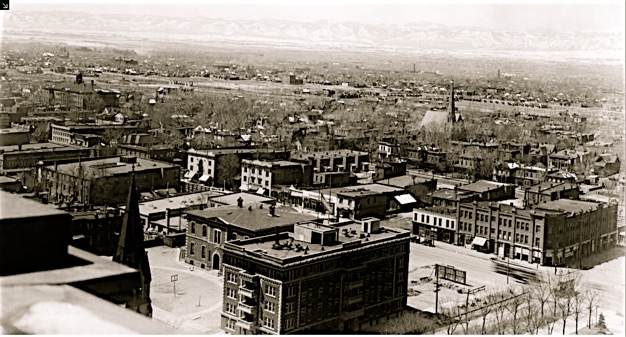
It’s around 1915 in this photo, and the new Paramount now sits on the vacant lot next to the rooming house on 14th avenue, and north of the Broadway School. The address is 1375 Lincoln Street although the main entrance faces 14th.
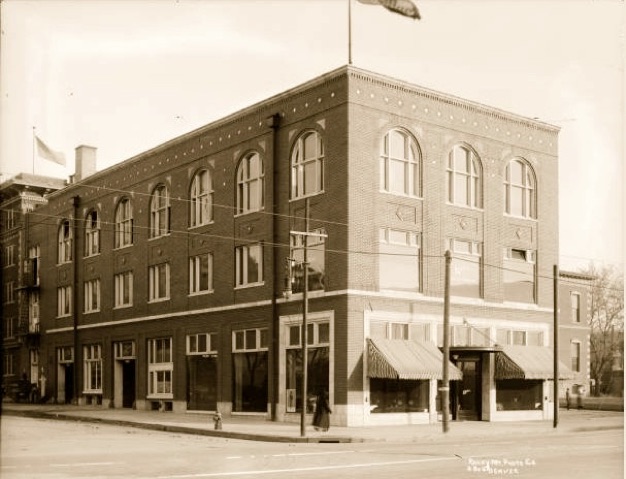
About 1916 the rooming house and businesses on the SE corner of 14th and Broadway were knocked down. The billboard facing Broadway may have announced a new location of the Hall Cadillac dealership. The shadows of destiny also were descending upon the buildings across Broadway.
Also around 1916 the Hall Cadillac Company set up shop in this new building at the SE corner of 14th Ave. and Broadway, 1376 Broadway. This view, probably 1916 based on the cars and license plates and directory listings, shows snow and sloppy road conditions, and some of their clients outside. Other times of the year, DUST from increasing automobile use on unpaved streets around town was becoming a big problem - but apparently not on this day.
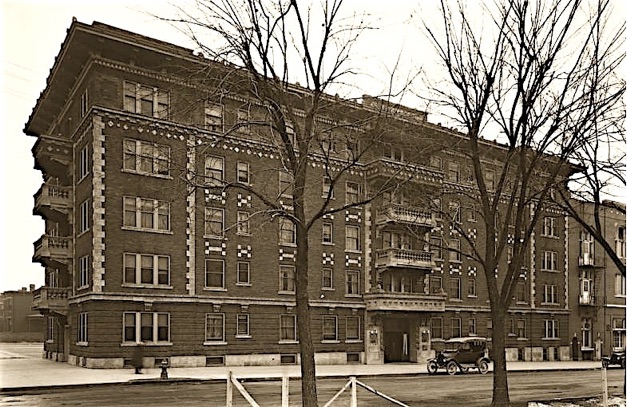
Around 1918, this view shows the Paramount‘s north side along 14th Avenue. Although the main entrance is on this side, the address is 1375 Lincoln Street. That’s a post-1916 (not brass) Ford Model T sitting out front. Some details are below:
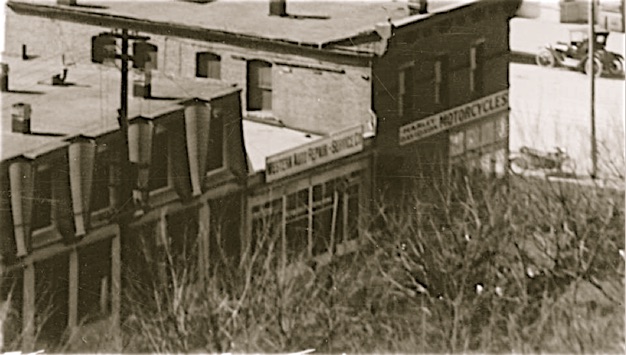
The Walter W Whiting Harley-Davidson Motorcycle shop is on the corner, and the space between the shop and the rooming house is now occupied by a business - looks like ‘Western Auto Repair -Service Co.’
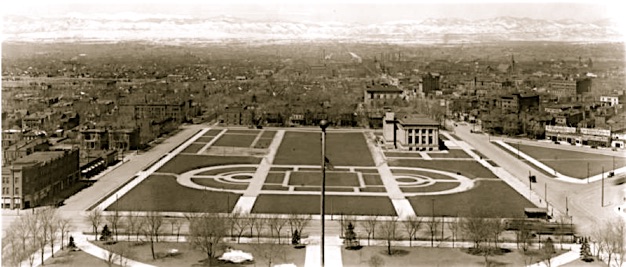
Meanwhile, in 1912 just to the north of 14th along Broadway in front of the Capitol, the Civic Center project moved forward with lots of money to purchase all the land and start the work to remove all the buildings on the site.
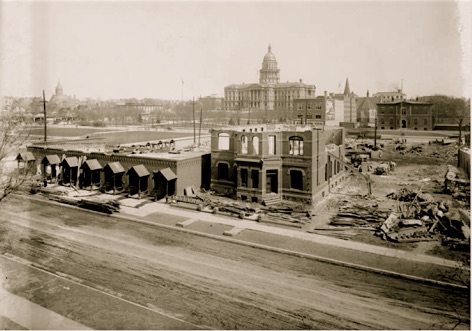
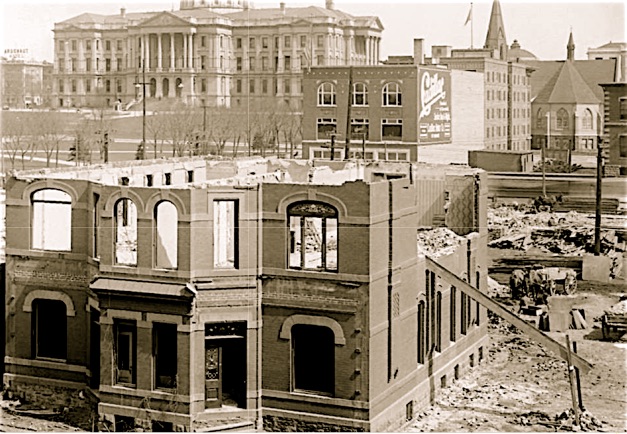
Looking across the demolition site east - there’s the Hall Cadillac dealership, the south side of the Paramount, the Broadway school, and the steeple of the Presbyterian church.
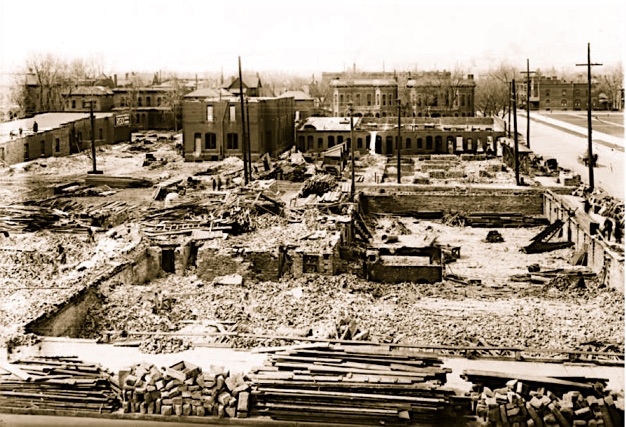
Looking west across Broadway to the demolition site. In this photo, nothing is left but the foundations of the Donald building and other buildings that stood on the SE corner of 14th and Broadway.
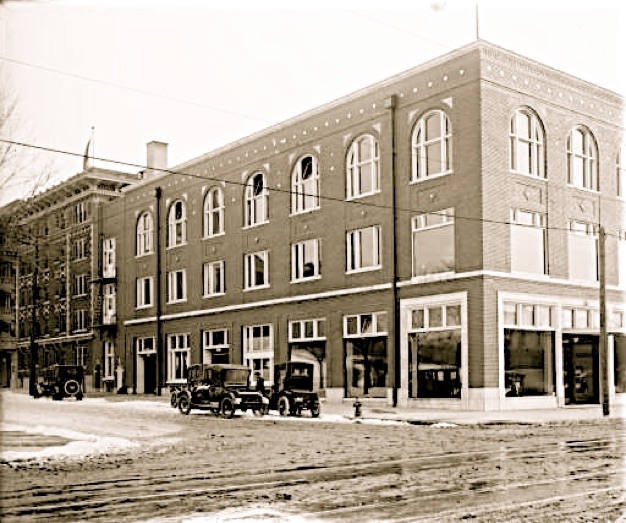
photo - detail of above; Denver Public Library
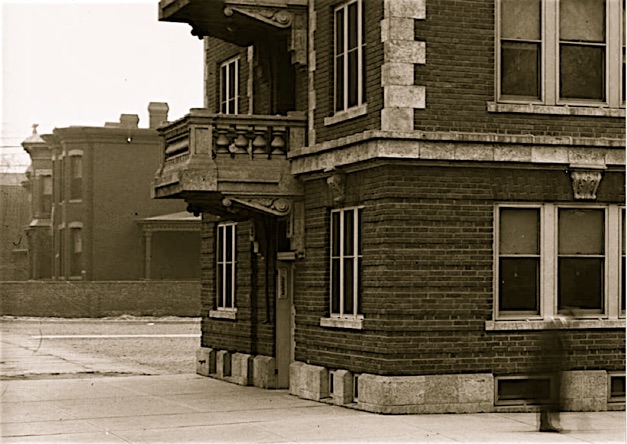
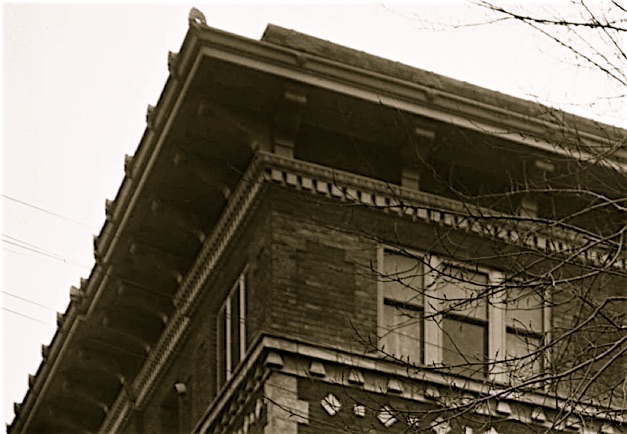
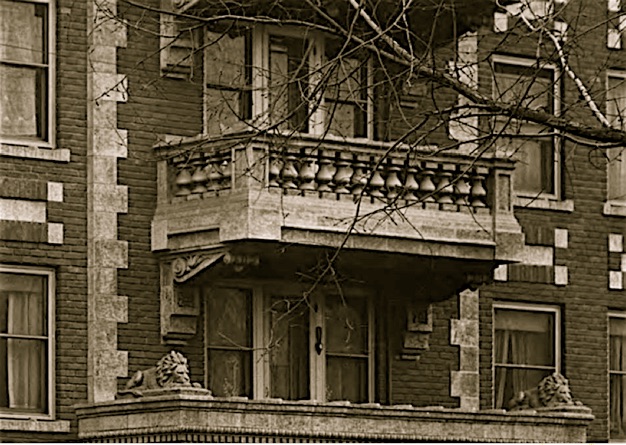
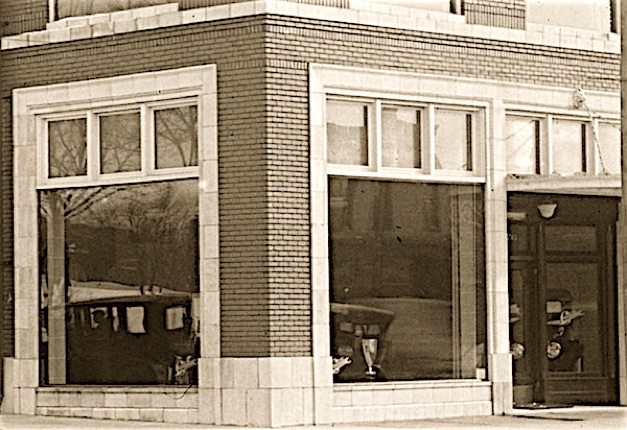
Shadows and reflections at the Hall Cadillac Co. A lion’s head holds up the awning.
photo; Denver Public Library
photo; Denver Public Library
A slow-film-speed shadow figure sweeps its way down the hill next to the Paramount.
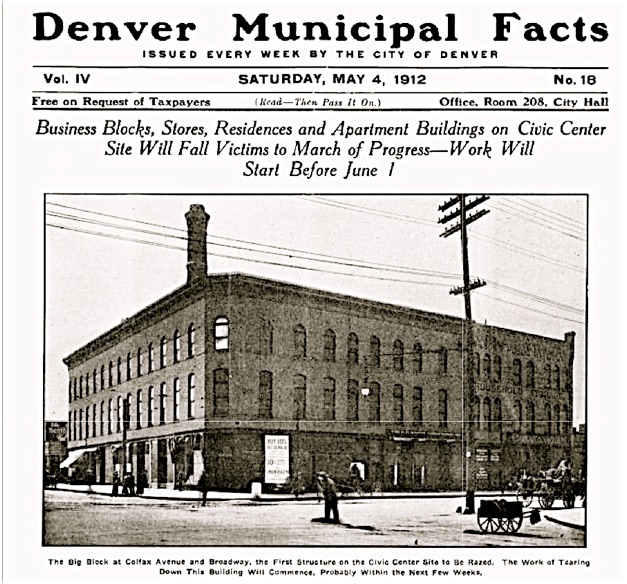
Photo caption:
“The Big Block at Colfax Avenue and Broadway, the First Structure on the Civic Site to Be Razed. The Work of Tearing Down This Building Will Commence, Probably Within the Next Few Weeks.”
Article text:
“Now that the cash from the sale of the Civic Center bonds is in possession of the city, the process of acquiring title to the condemned property has commenced and will be carried on with all possible haste until the municipality becomes the owner of all the lands and improvements on the Civic Center site as well as those under the allied projects, such as park and boulevard extensions and playgrounds.”
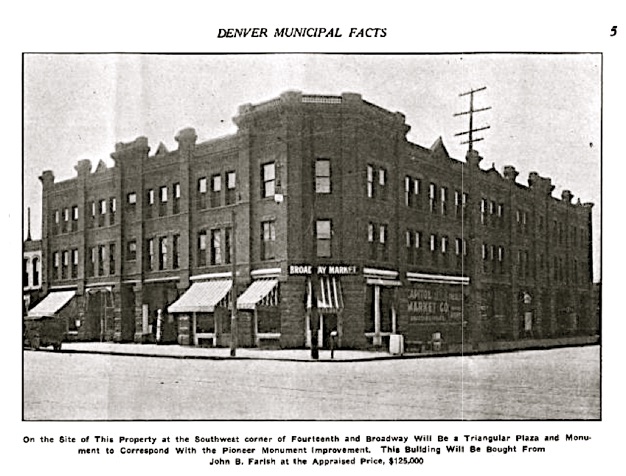
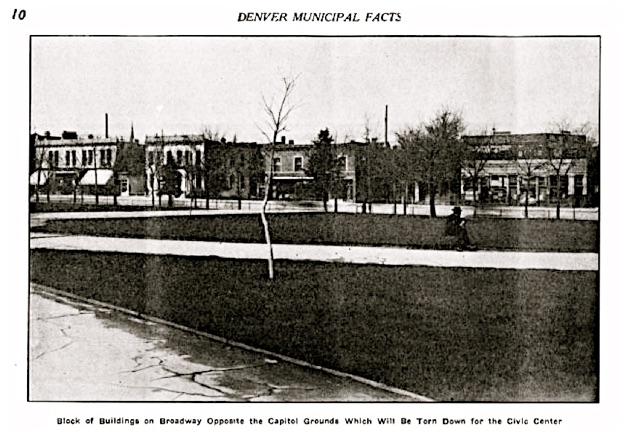
Photo caption:
“On the Site of This Property at the Southwest corner of Fourteenth and Broadway Will Be a Triangular Plaza and Monument to Correspond With the Pioneer Monument Improvement. This Building Will Be Bought From John B. Farish at the Appraised Price, $125,000.”
Photo caption:
“Block of Buildings on Broadway Opposite the Capitol Grounds Which Will Be Torn Down for the Civic Center.”
This shows the result of the first phase of the Civic Center project. The main library building, which was opened to the public with much pomp and ceremony in 1911, is still there today. It was the Denver Public Library’s first building of its own; its Central Library, but because it was built with financial help from Andrew Carnegie, it was known as the Carnegie Library.
photo - detail of above; Denver Public Library
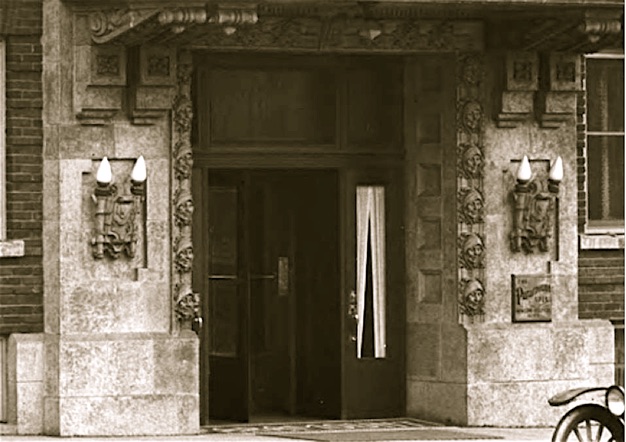
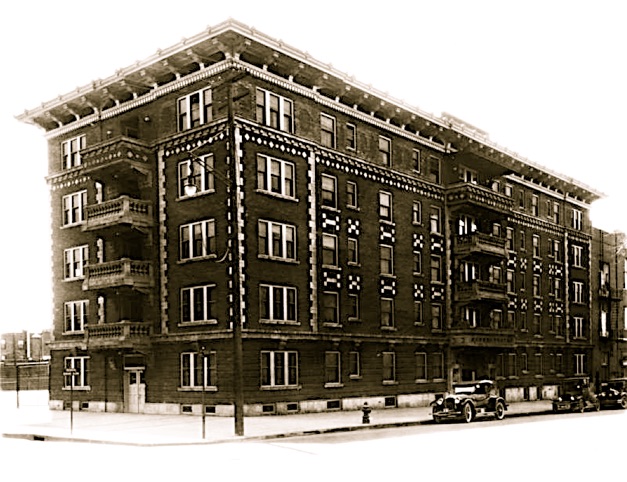
photo; Denver Public Library
So, by 1928, the land the Broadway School had sat on for so many years was prime real estate, and it was eyed by developers. Most of the block had filled with commercial development, including a drugstore, a Western Union, a Franklin motor car dealership, the Hall Cadillac dealership at Fourteenth Street and Broadway, and the Paramount Apartments at 1375 Lincoln Street. The Broadway School building, having lost its usefulness after standing for 53 years, was demolished in 1928 - several years before the date some recent newspaper reports would have you believe.
The Paramount Apartments during this period was in its prime, no doubt benefiting from the prestige of the location, which continued to increase along with Denver’s population, and as the ‘City Beautiful’ improvement projects continued. The photo of the Paramount above is one of only two publicly available in the DPL Western History collection - this one simply titled ‘Denver apartment building’ without reference to the Paramount name. It was taken in between 1923 and 1925 as evidenced by the new-looking 1923 Nash Roadster front and center. Click here to see the evidence leading to the ‘best guess’ of the actual make, model and year of this car.
It’s noticeable that there are more cars sitting on the street in front compared to the earlier shot - and this is an indication of the trend to come. Going forward, private ownership of automobiles was destined to change the city, physically and culturally, in unimaginable ways.
NEXT:
“BROADWAY
14th and Broadway
District No. 1
Built 1875
Also called the BROADWAY LATIN
or EAST SIDE LATIN
Annex to EAST HIGH 1905-1917
Also a junior high school 1918-1922
Used as administration building 1923
Sold 1928 torn down 1928”
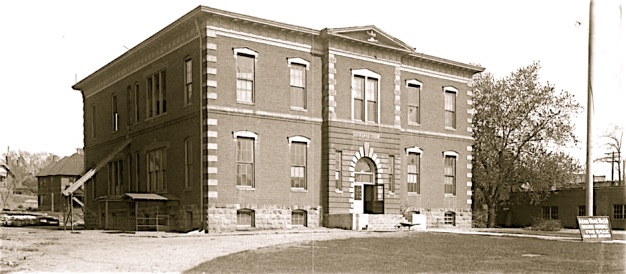
Also in this time period, the Broadway School yielded to the needs of the automobile.
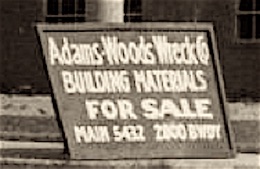
-
There has been abundant slow-news-day coverage of this story by the various local news organizations, but most of these reports lack accurate information as to what was on this site prior to these monstrous temples of heritage. So, what was there before the 1970s? The answer depends on the historian, and therefore, the truth can be quite twisted. The story, the truth, the justice continues...
Before 1800 - 1880-1908 - 1908-1928 - 1929-1977

Before 1800 - 1880-1908 - 1908-1928 - 1929-1977

Even though the demolition and renewal of entire neighborhoods seems chaotic, the ‘City Beautiful’ renewal efforts were actually very carefully planned projects that had humanistic and optimistic goals. It was a vision for the future of Denver shared by many, and championed by Mayor Robert W. Speer who, by the time he died in office in 1918, had accomplished many civic-building projects that did in fact work together to create a better version of Denver.
Mayor Robert W. Speer
Hall Of Fame Inductee — 2008
Mayor, City & County of Denver (1904-1916)
Robert W. Speer was probably more responsible for transforming Denver into a City Beautiful and the state’s top tourist attraction than any other person. As mayor, he literally changed Denver from brown to green with the planting of 110,000 shade trees throughout the city on redesigned broad boulevards. He doubled the City park system, creating Washington Park, Sloan’s Lake and City Park and personally redesigned the sunken flow path for Cherry Creek that later allowed for the bike-path system. His vision of Civic Center Park brought in fountains, a Greek Amphitheatre and monuments. He created the mountain park system that led to Red Rocks Amphitheatre, Winter Park Ski Area and Buffalo Bill’s Grave, and also led the drive to build the Auditorium Theatre. During his administration, the National Western Stock Show was born; Denver hosted the first Democratic National Convention, and VISIT DENVER, The Convention & Visitors Bureau was created – only the sixth convention bureau in the world. Mayor Speer died while serving the city he loved from influenza that he caught walking to work in the rain.















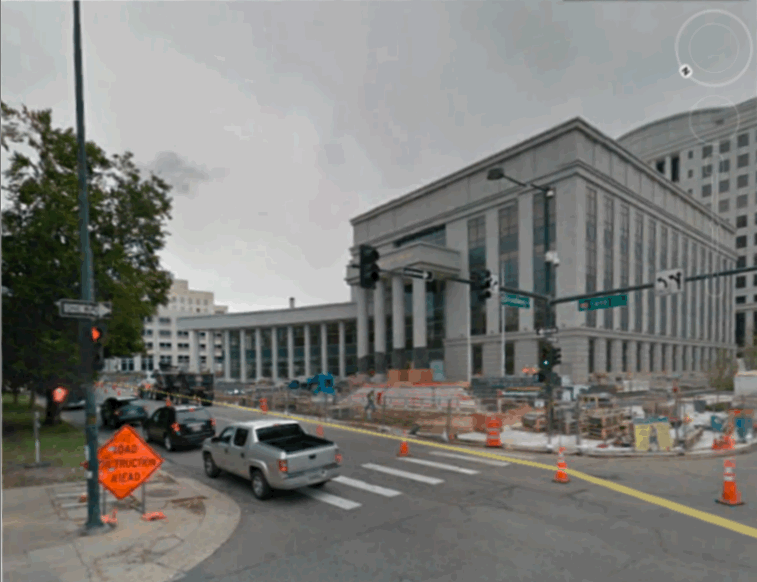
-
The new Judicial Center opened on Monday, January 13, 2013, and now dominates the downtown Denver location of 14th and Broadway, replacing the so-called ‘file cabinet’ Judicial Heritage building (next to the ‘typewriter’ Colorado History Museum building) built in 1977.


History without fact is fiction, and although this is not an original thought of mine, I do believe it. Fiction, and fiction based on fact, is fine for entertainment if fiction is expected, but alternative explanations presented as historical reporting is not. Sometimes a theory is applied because of the lack of conclusive information, but this also should never be presented as fact. This journal continues in an effort to present historically accurate records of the way in which this little part of Denver changed over the years, and to discover some of the many memories surrounding it - for our mutual entertainment.
A street scene outside the new Hall Cadillac dealership next to the Paramount Apartments. Just another winter day.

Around 1923, another view of the Hall Cadillac Company next to the Paramount Apartments. (This photo appears to have been taken around the same time in 1923 as the Paramount Apartments photo at the end of this page)
Around 1923, street scene outside the Hall Cadillac Company. Coal is being delivered, window reflections, a recruitment poster c1920, figure walking (Death?), people in front of the Broadway School. Just another day.
Closeup of the northwest window in the C.C. Hall Cadillac building photo:
the poster is a recruitment for the U.S.Marines by James Montgomery Flag first printed around 1920; there is a light-colored car just inside the window; and death continues it’s stroll down Broadway.

Architectural detail - C.C. Hall Cadillac Company building.
